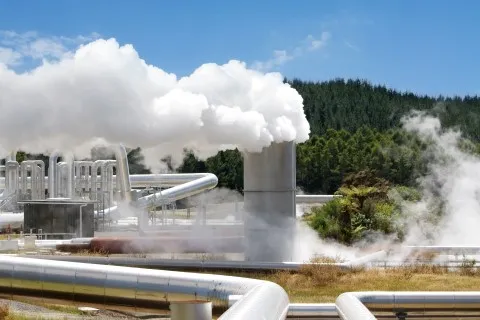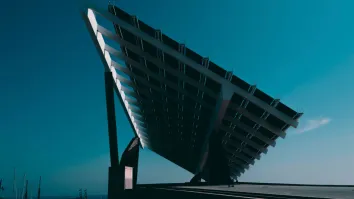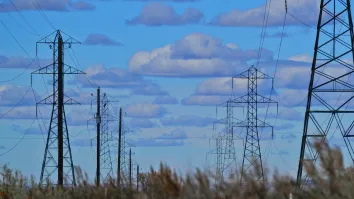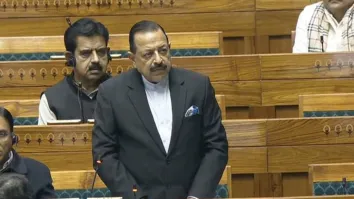
Can Indonesia's PLN wean itself off the government's subsidies?
Without government support, it would be thoroughly un-investible for traditional bond investors.
According to Melissa Brown, energy finance consultant from the Institute for Energy Economics and Financial Analysis, just from 2014 to 2017, the Ministry of Finance pumped US$22.9 billion of fresh cash into PLN to plug the holes in PLN’s financials created by rapidly escalating fuel and purchased power costs. It’s expected that PLN will remain a massive drain on the national treasury without a radical restructuring of the company’s business model.
The crux of the problem is that PLN’s tariff regime fails to recover generating, transmission and distribution costs, resulting in operating losses that have averaged US$2.1 billion annually over the past four years. To cover this shortfall, enable the company to service its debt, and record a cosmetic profit, the government has given PLN an average of US$4.7 billion annually during this period.
Here's more from the IEEFA:
Reducing this subsidy is a government priority, and steps have been taken to improve the targeting of the subsidy to identified low-income groups along the lines of the direct benefit transfer policy being developed in India. The effectiveness of this strategy, as well as the political will to implement the new tariff targeting, has fallen well short of what is needed to stop the bleeding, however.
But tariffs are not PLN’s only problem. PLN also is investing heavily in new capacity and is facing higher payments to IPPs that must be paid (to cover guaranteed capacity payments) regardless of dispatch levels. This has forced the Ministry of Finance to backstop PLN’s financing capacity using a mix of both direct and indirect tools.
Over the past four years, the GoI has made direct annual subsidy payments totaling US$20.8 billion. The government also injected US$2.1 billion into PLN in the form of new equity in 2015 and 2016. This came after a 2015 asset revaluation that resulted in a flattering increase in balance sheet asset valuations of US$46 billion, an embellishment that will attract attention from international investors who are paid to look beyond window dressing and, instead, ask why operating losses were so high.
The effect of the non-cash revaluation, which was accompanied by a switch from a Big Four auditor, was to dramatically improve balance sheet debt ratios, artificially reducing the debt-equity ratio from 100% to 44.7% in 2016. Unfortunately, the move also highlighted PLN’s operating challenge as its return on assets (ROA) has now shrunk to less than 0.5%.
Considering these financial challenges, what should investors expect in terms of PLN’s financial performance in 2018 and 2019? Most of the script already has been written. Local elections are pending in 2018 and a presidential election is set for 2019—meaning tariff increases are off the table. At the same time, PLN will face higher costs for its IPP power purchases and for coal-fired generation, thanks to increased capacity and higher fuel prices.
PLN has taken steps to cap coal costs in the face of higher prices for the next 20 months, but the US$70 per ton cap is due to expire at the end of 2019, and PLN then will again be at the mercy of shifting geopolitical winds and a volatile Asian coal market. Given China’s outsize coal consumption, its national energy policies drive prices. If China continues its explosive push into wind and solar, it could drive coal prices down; conversely, any increase in Chinese coal demand likely would drive prices up.
PLN has sought to relieve some of its cost pressures in the short term by pushing major planned capacity additions into 2020 and 2021 and putting various projects on hold. Based on PLN’s reported electricity purchase costs for 2017 and our estimate of average installed IPP capacity from 2018 to 2021, moderate IPP cost increases in 2018 and 2019 will be followed by aggressive increases in purchased electricity costs that will drive a four-year increase of 134.4% to US$12.3 billion.
This surge in IPP costs inevitably will require a more government funding, and that is a problem both for PLN and the Indonesian government. The risk for PLN, made clear in the S&P chart below, is that stretched financials and limited debt capacity compare unfavorably to regional peers, which may inhibit access to low-cost funding options.
PLN’s average debt to EBITDA—a standard measure of leverage—is forecast to be the higher than its Southeast Asian peers (see Chart 1 below). Rather than improving from 2018 to 2020, S&P sees PLN’s leverage ratio worsening, rising from just above 5x to almost 6x. This is a problem that Indonesia’s Ministry of Energy and Mineral Resources acknowledged quite candidly in the 2017 RUPTL, noting that a key threat to PLN’s growth plan is the need to “immediately strengthen its capitalization structure to maintain sound financial ratios currently including DSCR 5 of 1.35, which is lower than the required 1.5).”



















 Advertise
Advertise






